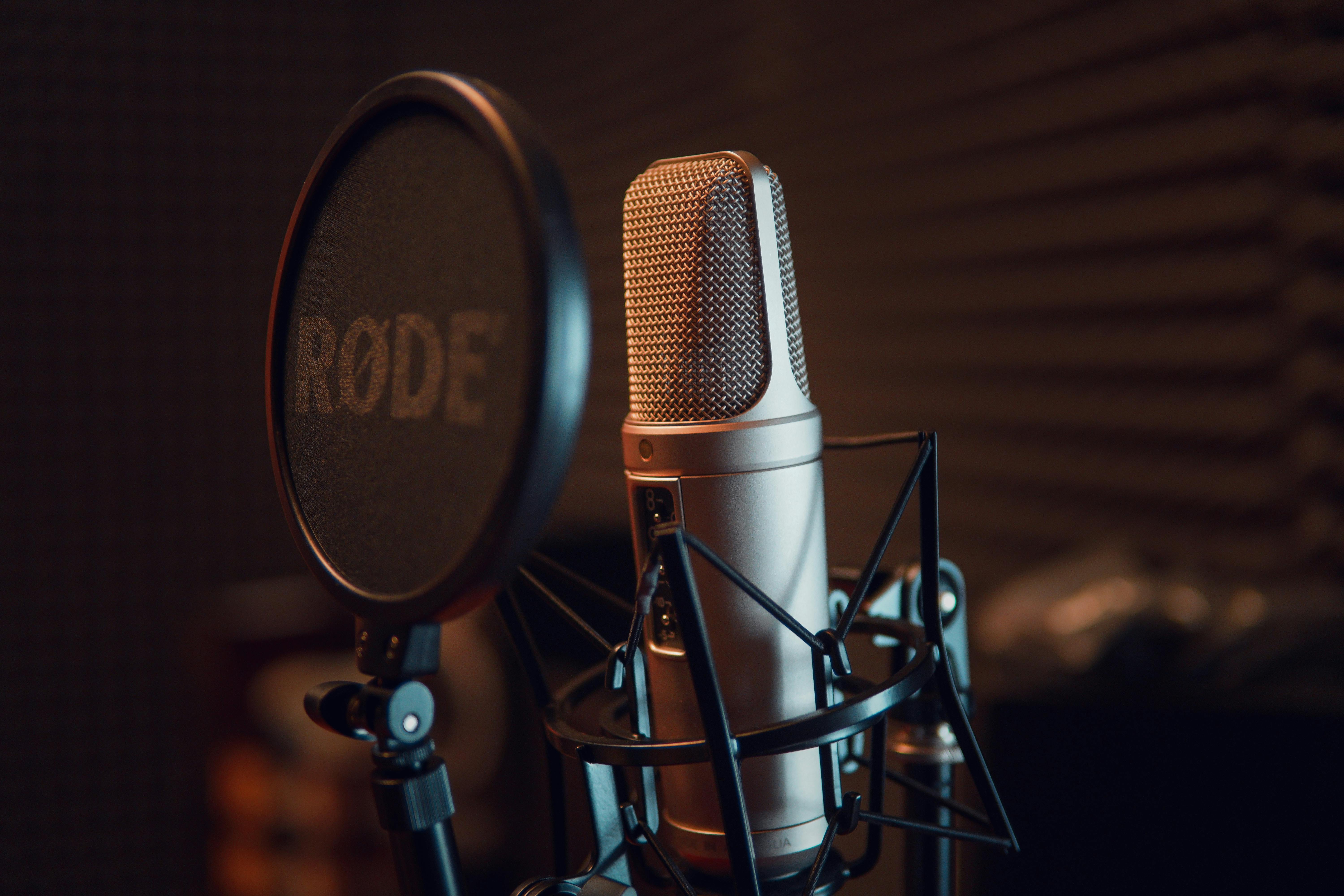Artificial intelligence is transforming how music is composed, produced, and consumed. From AI-generated melodies to fully automated mastering, the AI music creation market is growing rapidly, offering new possibilities for artists, businesses, and casual creators.
According to Grand View Research, the global AI music market is projected to exceed $3 billion by 2030, with a 17%+ annual growth rate. But what’s driving this boom, and where is the industry headed?

1. Market Overview: Why AI Music is Exploding
AI music tools are gaining traction due to:
? Lower Production Costs – No need for expensive studios or session musicians.
? High Demand for Custom Music – Content creators (YouTubers, advertisers, game devs) need unique, royalty-free tracks.
? Personalized Listening Experiences – Spotify and Apple Music are testing AI-generated playlists tailored to individual tastes.
Key Insight:
Over 40% of independent artists on SoundCloud now use AI tools (2023 data).
TikTok’s #AImusic hashtag has 500M+ views, proving its viral appeal.
2. Key Players & Business Models
The AI music market includes startups and tech giants, each with different approaches:
| Company | Specialization | Business Model |
|---|---|---|
| AIVA | Film/game soundtracks | Subscription (€15-50/month) |
| Soundraw | Easy music generation | Freemium ($16.99/month) |
| Boomy | Instant commercial tracks | Revenue share (users sell songs) |
| LANDR | AI mastering & distribution | Pay-per-track ($10+/song) |
| Synthesizer V | AI vocalists (e.g., "Chi Yu") | One-time purchase ($99-399) |
Emerging Trends:
Big Tech Enters the Game: Google (MusicLM) and Meta (AudioCraft) have released open-source AI music models.
Niche Tools Rising: AI rappers (DeepRapper), K-pop generators, and classical composers are gaining popularity.
3. Who’s Using AI Music Tools?
The main user groups include:
Independent Musicians (60%) – Quickly prototype songs without a full band.
Content Creators (25%) – YouTubers, podcasters, and advertisers needing custom background music.
Enterprises (15%) – Game studios and ad agencies licensing AI-made tracks.
Case Study:
An indie artist used Boomy to create a track that later got 1M+ streams on Spotify.
A game studio used AIVA to generate a full orchestral score in days instead of months.
4. Challenges & Controversies
Despite rapid growth, AI music faces hurdles:
?? Copyright Battles – Can AI legally mimic famous artists? (See: “AI Drake” songs removed by Universal Music.)
?? Quality Concerns – Some AI music sounds generic or lacks emotional depth.
?? Artist Backlash – Many musicians protest AI-generated music, fearing job losses.
Regulatory Watch:
The EU’s AI Act may require transparency in AI-generated content.
Streaming platforms are debating how to label AI music.
5. Future Trends & Opportunities
?? What’s Next?
Text-to-Music AI – Describe a scene (“sunset on Mars”), and AI composes a matching track.
Real-Time AI Jamming – Tools that improvise music based on live audience input.
AI + Virtual Performers – Concerts featuring AI-generated singers (e.g., “Hatsune Miku 2.0”).
?? Business Opportunities:
Custom AI Music Subscriptions – Brands licensing AI-made soundtracks.
AI Music Education – Platforms teaching composition using AI assistance.
Hybrid Human-AI Production – Producers using AI as a creative collaborator.
6. How to Get Started in AI Music
For Artists: Try Boomy or Soundraw to experiment with AI-generated tracks.
For Entrepreneurs: Develop niche tools (e.g., AI jazz improvisation).
For Investors: Watch AI copyright solutions and AI-powered music hardware.
Conclusion: The Future of AI in Music
AI won’t replace musicians—but it will change how music is made. Early adopters can gain a competitive edge by mastering these tools today.
?? Join the Discussion:
Where do you see the biggest opportunity in AI music?
A) Custom music for social media
B) AI-powered virtual singers
C) Professional film/game scoring
(Leave a comment with your pick!)
See More Content about AI MUSIC
